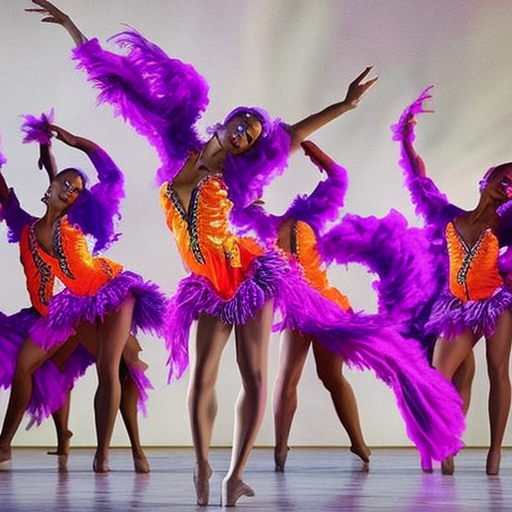Mambo:
Mambo is a lively and rhythmic dance style that originated in Cuba in the late 1930s. It combines elements of Afro-Cuban music and jazz, creating a unique and energetic dance form. Mambo gained popularity in the United States in the 1940s and 1950s, becoming a significant part of the Latin dance scene. Today, Mambo continues to be enjoyed and performed worldwide.
Origins and Influences:
Mambo evolved from the Cuban dance style called danzón, which emerged in the late 19th century. Danzón was a formal and structured dance performed by the upper class, but it eventually incorporated African rhythms and movements, giving birth to the more lively and syncopated Mambo.
Mambo was heavily influenced by the music of the Afro-Cuban jazz movement, particularly the work of musicians like Dámaso Pérez Prado and his orchestra. Prado’s composition “Mambo No. 5” became a global hit in the 1950s and helped popularize the dance style.
Characteristics and Steps:
Mambo is characterized by its syncopated rhythm and energetic movements. The dance is typically performed by couples, with the male leading and the female following. The steps of Mambo are quick and precise, often involving intricate footwork and hip movements.
The basic Mambo step consists of a forward break, a backward break, and a side-to-side movement. The dancers perform these steps in sync with the music, emphasizing the off-beat rhythms. Mambo also incorporates turns, spins, and various arm movements, adding flair and excitement to the dance.
Mambo in the United States:
Mambo gained significant popularity in the United States during the 1940s and 1950s. It became a prominent part of the Latin dance scene in New York City, particularly in the neighborhoods of Spanish Harlem and the Bronx. The Palladium Ballroom, a famous dance venue, played a crucial role in popularizing Mambo and other Latin dance styles.
Mambo’s popularity in the United States was further boosted by the rise of Latin music in mainstream American culture. Musicians like Tito Puente and Machito incorporated Mambo rhythms into their compositions, attracting a wider audience and inspiring more people to learn the dance.
Mambo Today:
While its popularity in the United States declined in the 1960s, Mambo continued to be enjoyed and performed in Latin American countries and other parts of the world. In recent years, there has been a resurgence of interest in Mambo, with dance schools and social dance events featuring the style.
Mambo has also influenced other dance forms, such as Salsa and Cha-Cha-Cha. These dances incorporate elements of Mambo, adapting and evolving the style to create new and exciting variations.
Today, Mambo is celebrated through various dance festivals and competitions, where dancers showcase their skills and creativity. The dance continues to captivate audiences with its infectious rhythm and vibrant movements, ensuring its place in the rich tapestry of Latin dance culture.
In conclusion, Mambo is a lively and rhythmic dance style that originated in Cuba and gained popularity in the United States in the mid-20th century. It combines elements of Afro-Cuban music and jazz, creating a unique and energetic dance form. Mambo is characterized by its syncopated rhythm, intricate footwork, and hip movements. While its popularity in the United States declined in the 1960s, Mambo continues to be enjoyed and performed worldwide, influencing other dance forms and captivating audiences with its infectious rhythm and vibrant movements.












